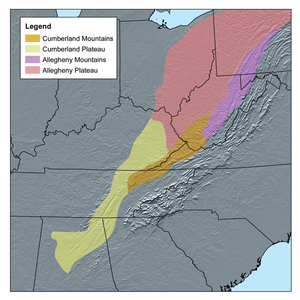Over the last several years, a concerted program to wipe out all efforts at environmentalism by native Appalachians has been waged by the coal operators of the region under the title "Stop The War On Coal". Using a public relations campaign built strongly on fear and sensationalism, they have inculcated a belief in the region that the Obama Administration is dedicated to wiping every coal burning utility as well as every coal miner off the map. They hold giant rallies with coal company money and put pressure on every citizen to agree with their propaganda. They breed unreasonable fear in all coal related employees that their jobs will suddenly vanish into thin air.
They have hired Stella Parton, the sister of superstar Dolly Parton, as a kind of minimally talented troubadour to sing their praises in less than perfect harmony. They have also facilitated, and perhaps paid for, the recording of an album by Stella Parton of coal mining songs. At every Stop The War On Coal rally, they bring Stella Parton in free of charge along with every politician they can find to take their position. And at the same time they work to breed fear of unemployment in working miners, they work to eliminate every coal mining job they can via technology and heavier and heavier earth moving equipment. The mantra of coal operators for at least the last 25 years has been to produce one more ton per day with one less man or woman employee.
They have hired Stella Parton, the sister of superstar Dolly Parton, as a kind of minimally talented troubadour to sing their praises in less than perfect harmony. They have also facilitated, and perhaps paid for, the recording of an album by Stella Parton of coal mining songs. At every Stop The War On Coal rally, they bring Stella Parton in free of charge along with every politician they can find to take their position. And at the same time they work to breed fear of unemployment in working miners, they work to eliminate every coal mining job they can via technology and heavier and heavier earth moving equipment. The mantra of coal operators for at least the last 25 years has been to produce one more ton per day with one less man or woman employee.
I recently attended a small art show by a relatively new photographer and woodworker and found that several of the photos had been labeled in the brochure as having been shot "on a beautifully reclaimed job site". This is an indicator that the campaign is working. Language, as it evolves, is a clear indicator of how the general public thinks. If a strip mine becomes a "job site", the general public does not realize the damage being done on strip mines every day. Acid runoff is still acid runoff. Overburden pouring down mountainsides is still poorly controlled overburden. Boulders which sometimes roll, bounce, or fly off
poorly managed strip mines, damage property, and endanger human life are still
clear violations of state and federal mining and blasting laws and
regulations. Mountain top removal is
still destruction of land, wildlife, timber, and water resources in the name of
corporate greed. No matter how the names
get changed to lessen their psychological impact the damage of these practices
remains the same.
These publicity and paranoia campaigns are very similar to the campaign by the National Rifle Association to create paranoia about possible, but highly unlikely, changes in firearms laws. Millions and millions of corporate dollars are spent to breed fear in the working class in order to support restraints on the legislative process and stymie legislation which would reduce environmental damage or take a bite out of crime. These publicity and paranoia campaigns are also historically rooted in the corporate activity which paid the Baldwin Felts Agency for hundreds of gun thugs in the coal fields to crush organizing efforts of the United Mine Workers of America in the 1920's. These campaigns are simply better dressed and less obvious continuations of the earlier campaigns to control workers and citizens and to induce those citizens to support egregious destruction of land all across the coal fields of Appalachia.
But the bottom line remains, Santa Claus Don't Drive No D9 Dozer.
Merry Christmas!!!

















